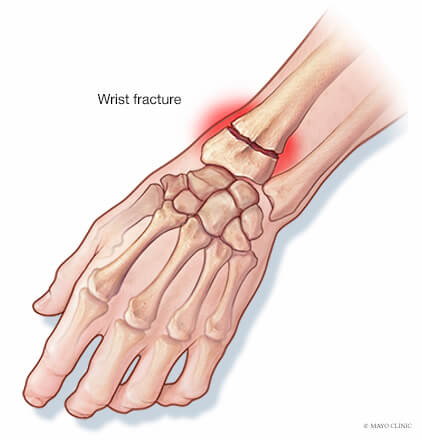The nurse is planning preoperative care for a client who has a fractured wrist. Which of the following should the nurse include in the client's plan of care?
Bathroom privileges after premedication
Drink 8 oz of water
Preoperative diazepam 30 minutes before surgery
Enema administration
The Correct Answer is C
Choice A reason:
Bathroom privileges after premedication are not typically restricted unless the premedication impairs the client's ability to ambulate safely. However, it is important to ensure that the client does not fall or injure themselves due to the effects of the medication.
Choice B reason:
Drinking 8 oz of water is generally not advised immediately before surgery due to the risk of aspiration during anesthesia. Clients are usually instructed to fast, which includes not drinking any liquids, for a certain period before surgery.
Choice C reason:
Preoperative diazepam may be administered 30 minutes before surgery to help reduce anxiety and induce sedation. Diazepam is a benzodiazepine that can calm the client and facilitate a smoother induction of anesthesia.
Choice D reason:
Enema administration is not a standard preoperative procedure for a client undergoing a cholecystectomy unless there is a specific indication. The primary focus is on preventing infection and managing pain.

Nursing Test Bank
Naxlex Comprehensive Predictor Exams
Related Questions
Correct Answer is C
Explanation
Choice A reason:
Informatics involves the use of information technology in healthcare, which is essential for managing patient data and improving communication. However, while informatics supports various aspects of patient care, it is not the primary concern during the perioperative period. The focus during this time is on ensuring the client's immediate well-being and preventing harm.
Choice B reason:
Quality improvement is a continuous process of identifying and implementing changes to improve patient care and outcomes. While it is a critical component of nursing practice, the priority in the perioperative period is the safety of the client, which is a more immediate concern.
Choice C reason:
Safety is the most critical QSEN competency during the perioperative period. This period involves significant risks due to anesthesia, surgical procedures, and potential complications. Ensuring the client's safety by preventing errors, reducing the risk of harm, and maintaining a sterile environment is paramount.
Choice D reason:
Evidence-based practice involves using the best current evidence to make informed decisions about patient care. While it is crucial for guiding clinical practice, the immediate priority in the perioperative period is ensuring the client's safety through vigilant monitoring and intervention.
Correct Answer is D
Explanation
Choice A reason:
Tennis may not be the best recommendation for someone with low back pain. The sport requires quick lateral movements, sudden stops, and starts, as well as repetitive twisting motions that can exacerbate back pain. While it provides good general exercise, the high-impact nature of tennis and the strain it puts on the back could potentially worsen the client's condition.
Choice B reason:
Canoeing involves repetitive rowing actions that can strain the lower back, especially if the individual does not use proper form. The seated position in a canoe may also put additional pressure on the lower back. Therefore, it might not be the most suitable activity for someone experiencing low back pain.
Choice C reason:
Rowing, similar to canoeing, can place stress on the lower back due to the repetitive motion and the need for strong engagement of the core muscles. If not performed with proper technique, rowing could lead to increased back pain and is not typically recommended for those with existing low back issues.
Choice D reason:
Swimming is often recommended for individuals with low back pain because it is a low-impact exercise that does not put additional stress on the spine. The buoyancy of the water supports the body, reducing the load on the back while allowing for a full range of motion. Swimming can help strengthen the back muscles and improve flexibility, making it a suitable activity for managing low back pain.
Whether you are a student looking to ace your exams or a practicing nurse seeking to enhance your expertise , our nursing education contents will empower you with the confidence and competence to make a difference in the lives of patients and become a respected leader in the healthcare field.
Visit Naxlex, invest in your future and unlock endless possibilities with our unparalleled nursing education contents today
Report Wrong Answer on the Current Question
Do you disagree with the answer? If yes, what is your expected answer? Explain.
Kindly be descriptive with the issue you are facing.
